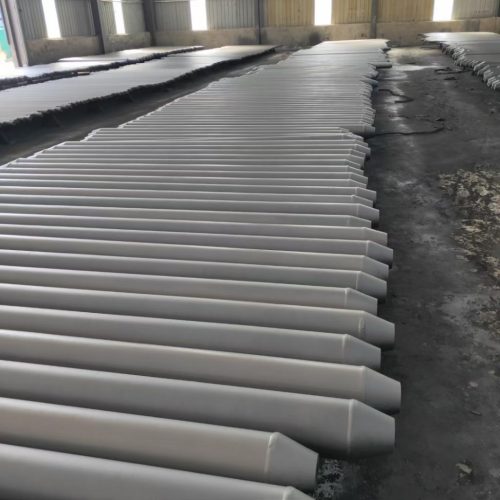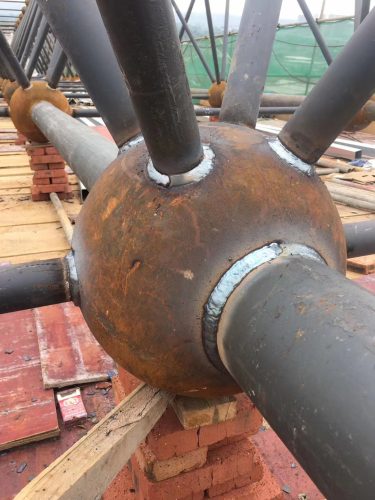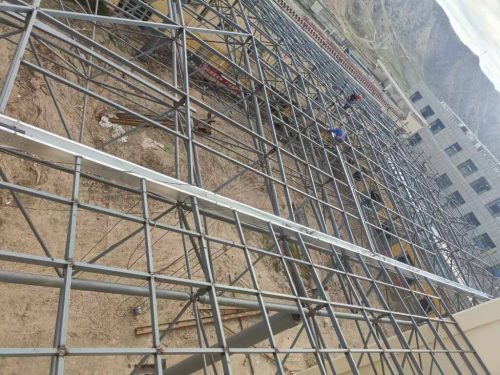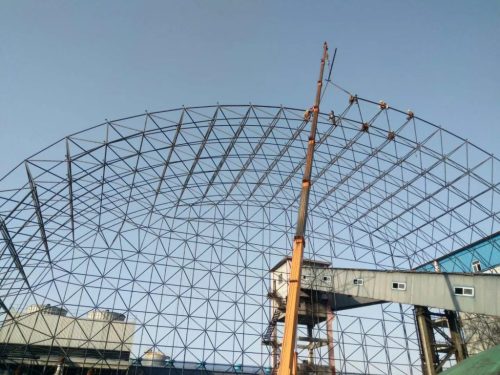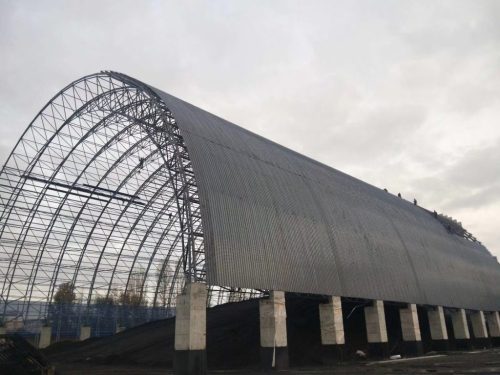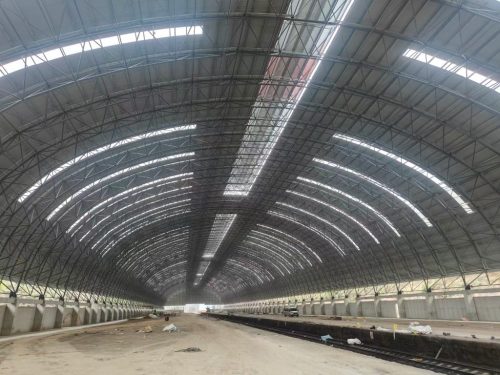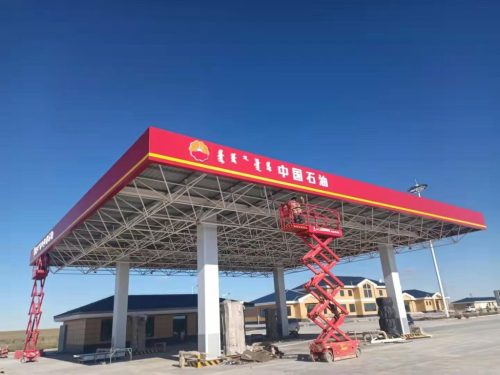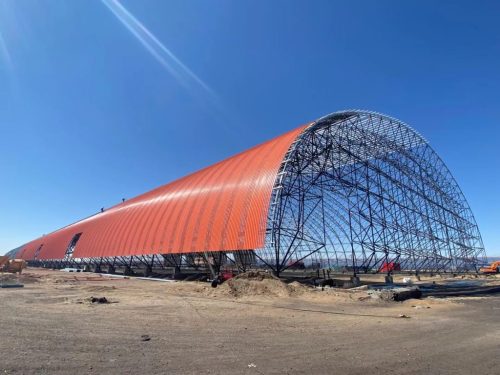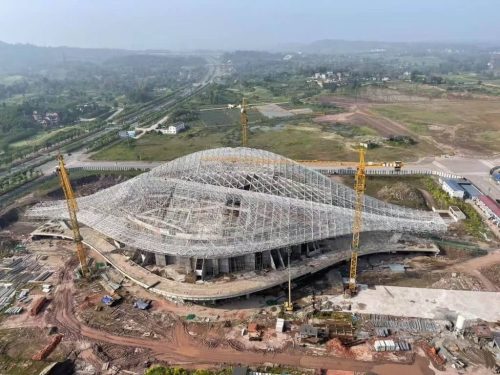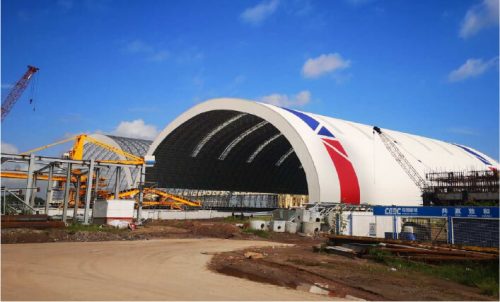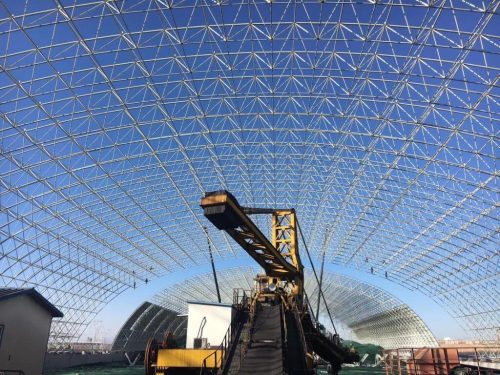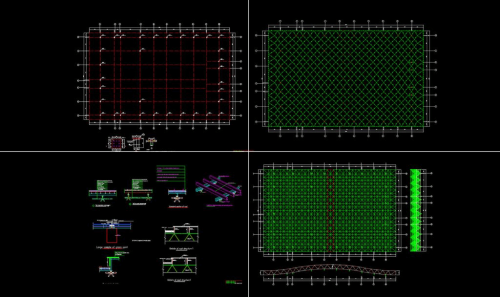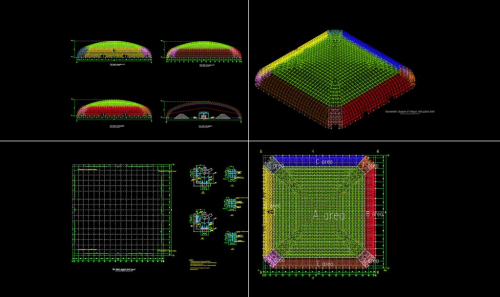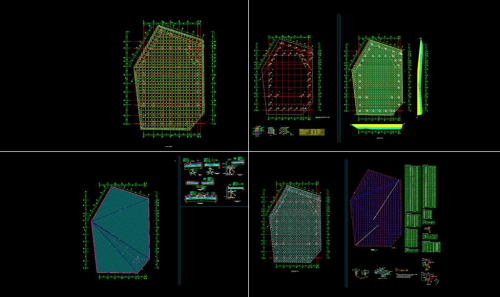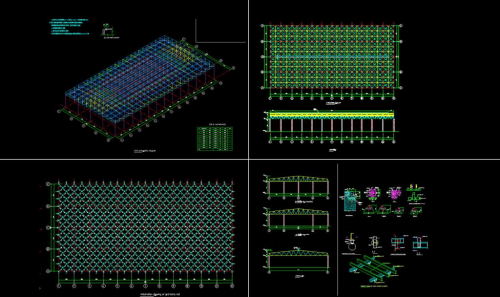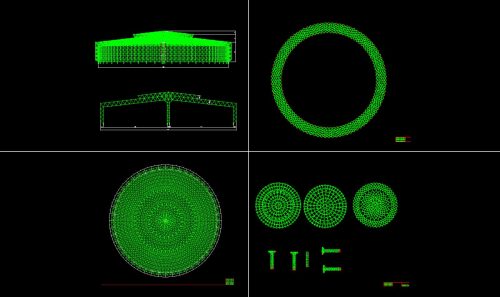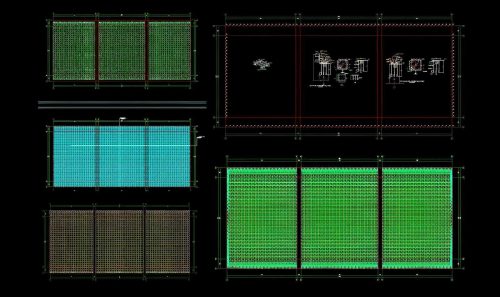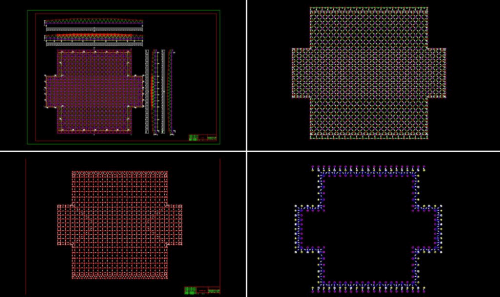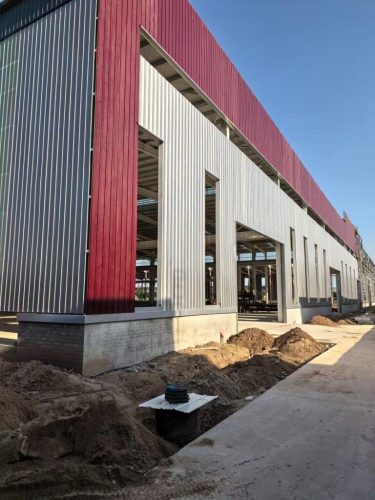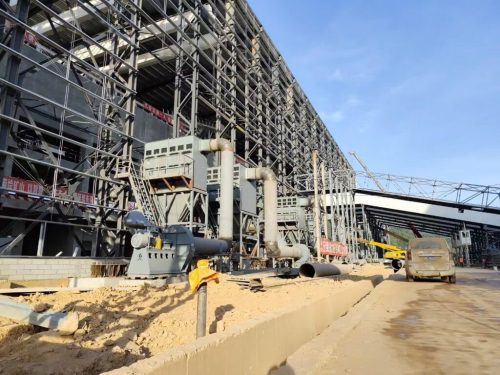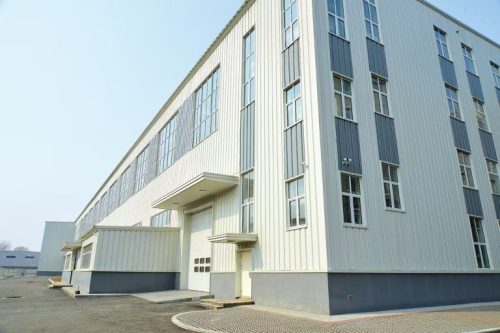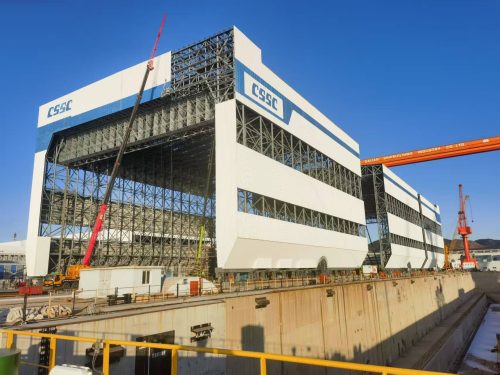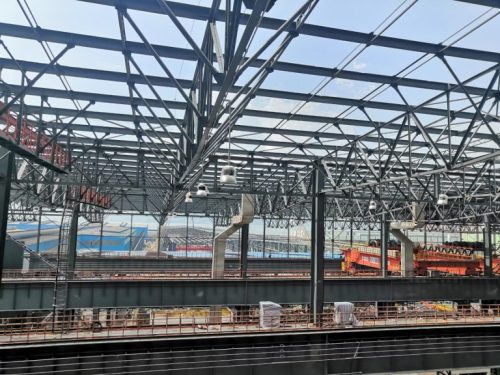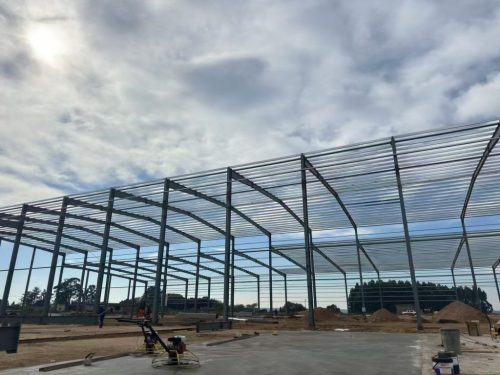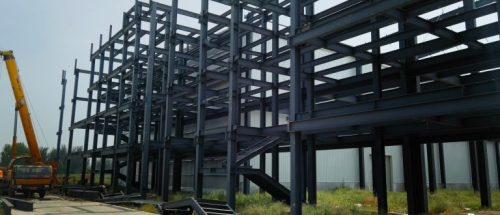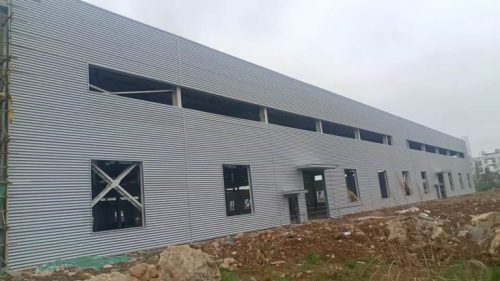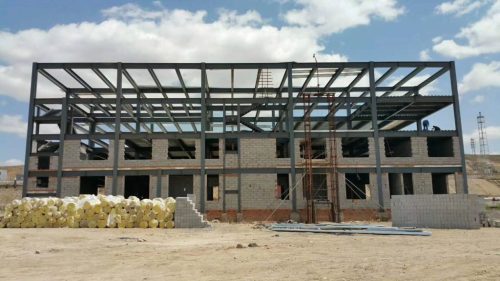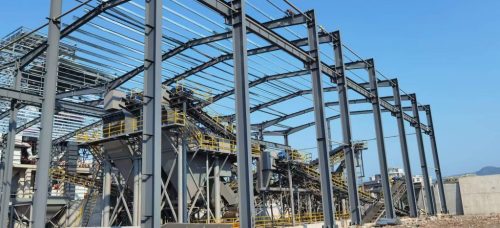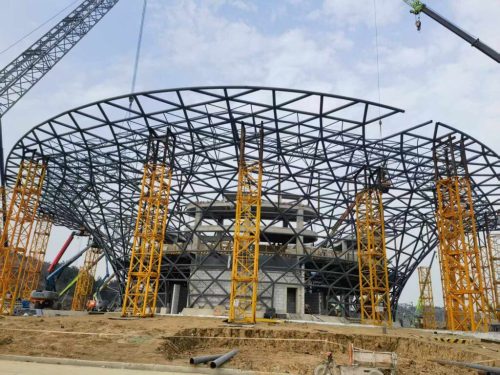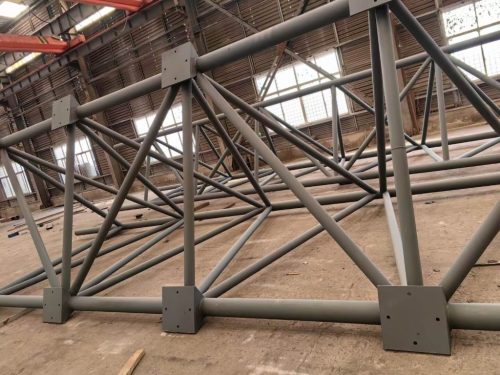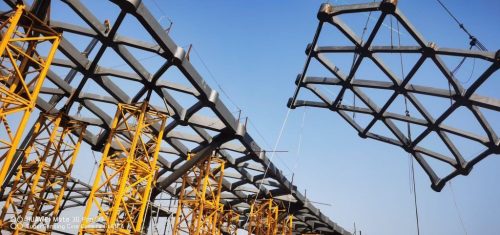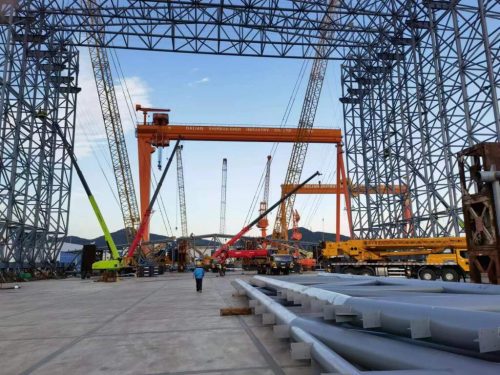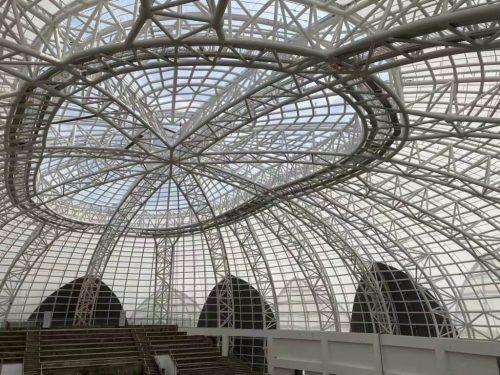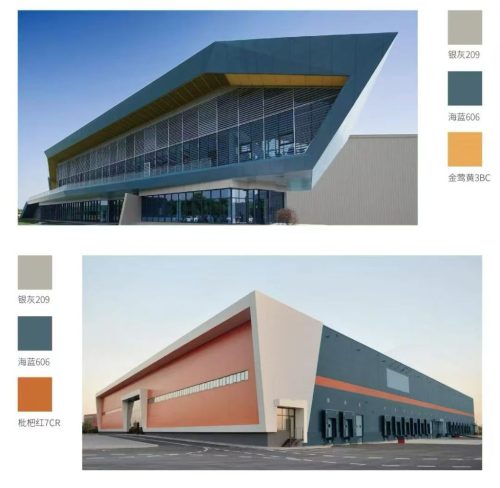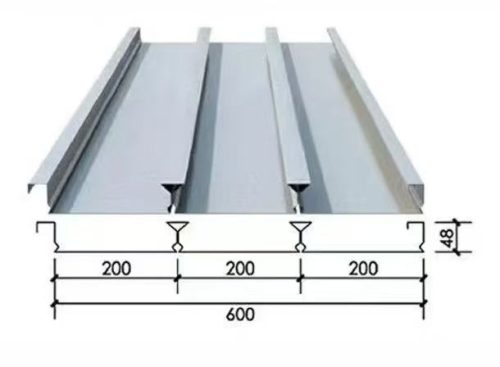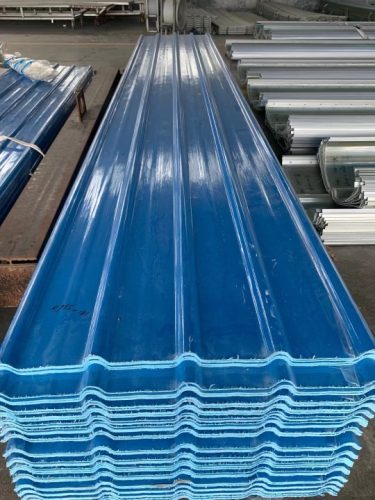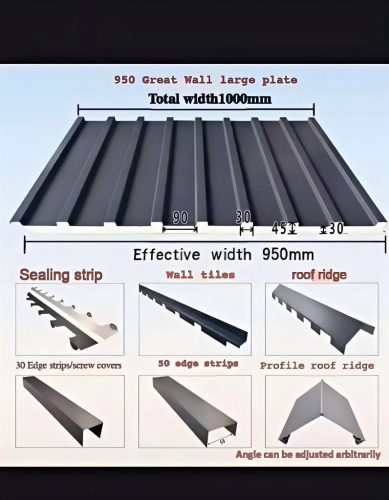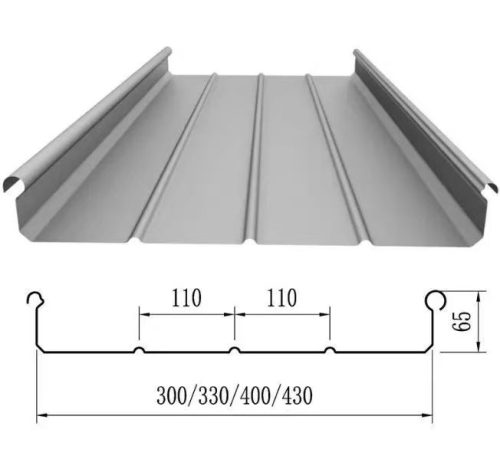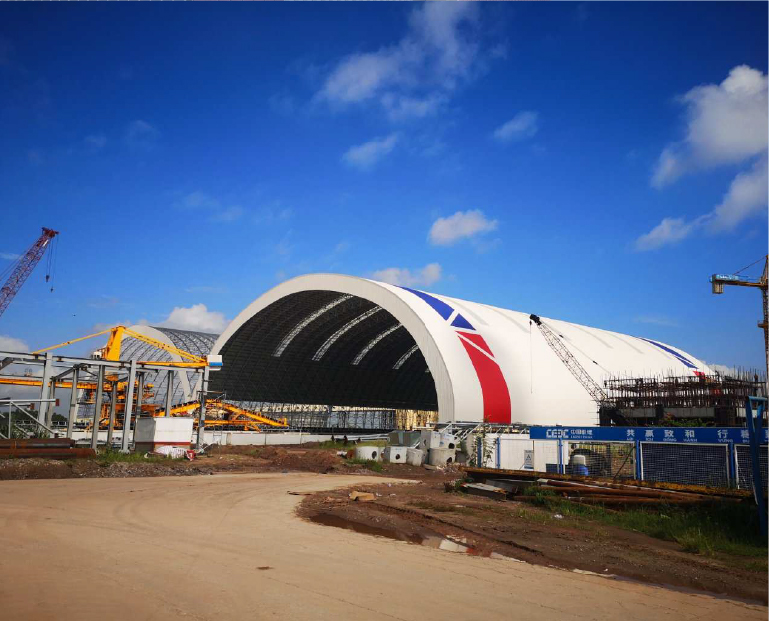Solution for Large-Span Coal Shed Steel Space Frame
Coal storage sheds, especially those designed with large-span steel space frames, play a critical role in modern power plants, steel mills, and industrial material storage facilities. While steel space frames offer broad, column-free interiors ideal for material handling, they also face significant structural and environmental challenges. This article outlines the key problems and provides a comprehensive solution tailored for long-span coal shed applications.
Key Pain Points in Coal Shed Steel Space Frame Design
1. Deformation from Coal Pile Side Pressure
In large-span coal sheds, the massive lateral pressure exerted by piled coal against the inner wall can cause deformation or even long-term structural fatigue in the steel space frame, especially near sidewalls and support points.
2. Conflict Between Dust Explosion Risk and Ventilation
Coal dust is highly explosive in confined spaces. At the same time, sufficient ventilation is necessary to reduce humidity and temperature. Balancing effective ventilation while minimizing explosion risk is a complex safety challenge.
3. Corrosive Environment Accelerates Steel Aging
Coal contains sulfur and other corrosive compounds. Combined with moisture and gases generated during storage, the shed interior often becomes a highly corrosive environment, accelerating rust and aging of steel components.
Optimized Solution for Large-Span Coal Shed Steel Space Frame
To address these problems, a multi-layered design and engineering approach is essential. The following integrated solution has been proven effective across many coal storage projects worldwide.
1. Structural Reinforcement to Handle Lateral Pressure
Double-layer truss system: The use of double-layer steel space frames enhances load distribution and resists localized pressure caused by coal piles.
Side-wall buffer integration: Add reinforced concrete or steel side walls with anti-deformation ribs that absorb side pressure and transfer it to the foundation, relieving stress on the space frame.
Dynamic load simulation: Perform FEA (finite element analysis) to simulate coal loading scenarios and verify long-term deformation resistance.
2. Safe and Efficient Ventilation Design
Natural ventilation with explosion-proof measures: Design ridge and side louver openings to allow natural airflow while integrating flame-retardant mesh and spark arresters to prevent ignition.
Dust suppression systems: Install atomized water spray systems inside the shed to keep coal dust levels low, reducing both explosion risk and environmental concerns.
Compartment zoning: Divide large sheds into zones using fire-resistant partitions to localize any potential ignition and allow better air circulation control.
3. Corrosion Prevention and Longevity Enhancement
Use of anti-corrosive materials: Adopt galvanized or epoxy-coated steel members, especially in high-exposure zones like trusses and connection joints.
Ventilated roof designs: Ensure that the roof structure promotes air circulation, reducing moisture accumulation near structural components.
Regular maintenance plan: Implement a predictive maintenance schedule with corrosion sensors and coating reapplication intervals to extend structural life.
Case Reference: Large Coal Shed Project in Inner Mongolia, China
One real-world application of this solution was implemented in a 160-meter-span coal shed in Inner Mongolia. The space frame was built using a double-layer truss system with reinforced concrete side walls. CFD-based ventilation modeling ensured uniform airflow, and the facility incorporated automated dust suppression and anti-corrosion steel coatings.
After five years of operation, the structure has maintained excellent mechanical performance and corrosion resistance, validating the design’s effectiveness under harsh environmental conditions.
Conclusion
Large-span coal sheds require more than basic structural integrity—they demand a comprehensive solution that balances strength, safety, durability, and operational efficiency. By integrating structural reinforcement, explosion-safe ventilation, and corrosion protection, engineers can build steel space frames that perform reliably for decades, even in the most challenging industrial environments.



